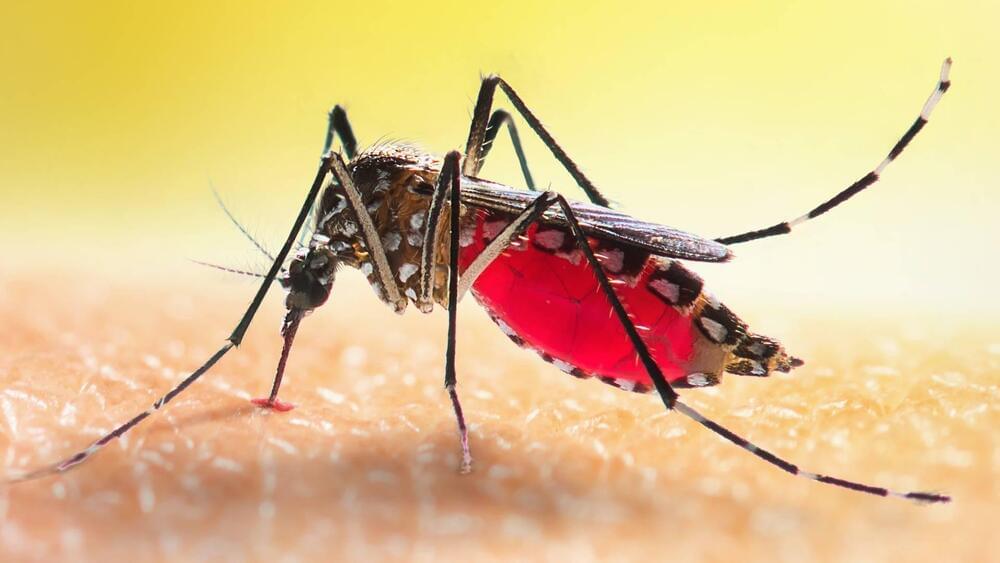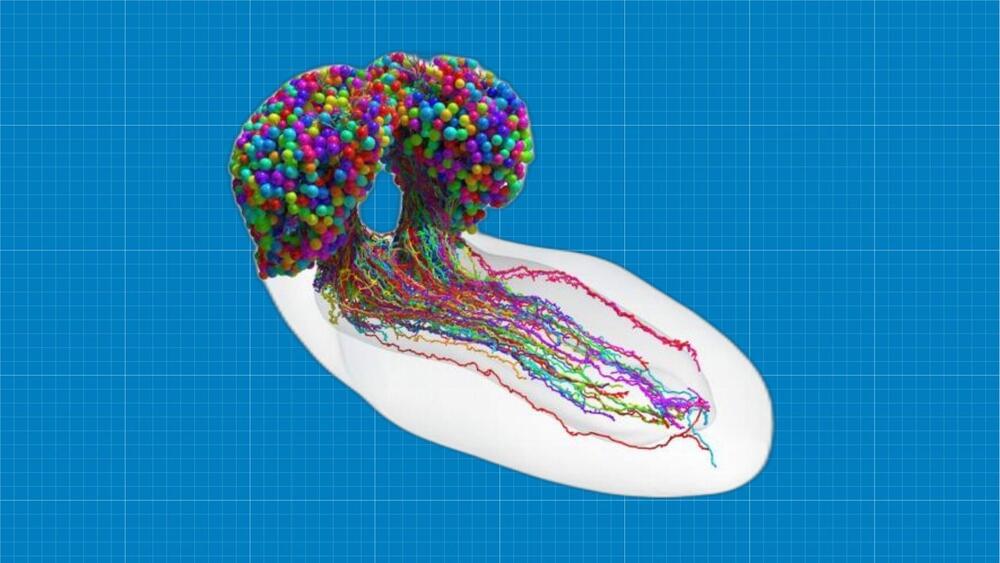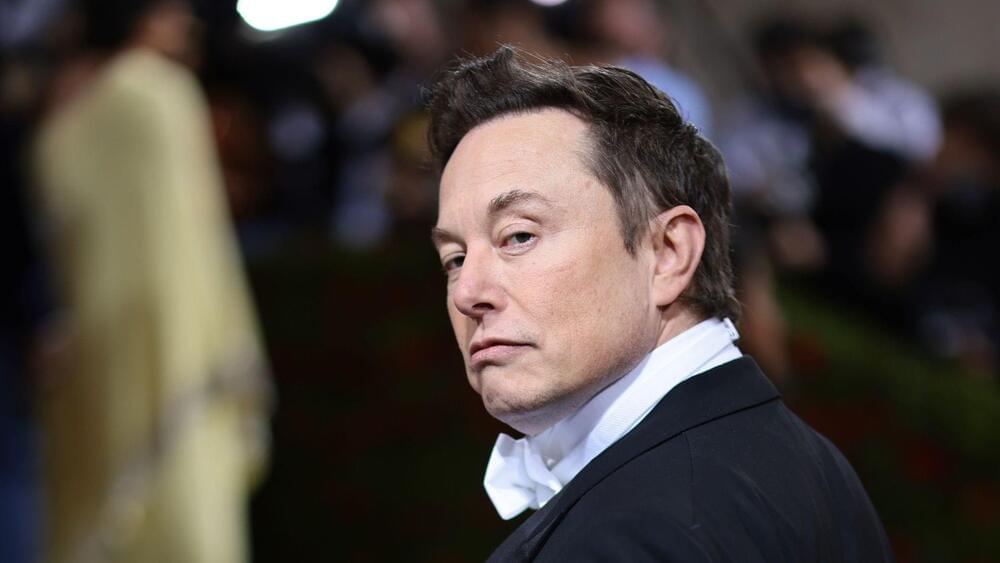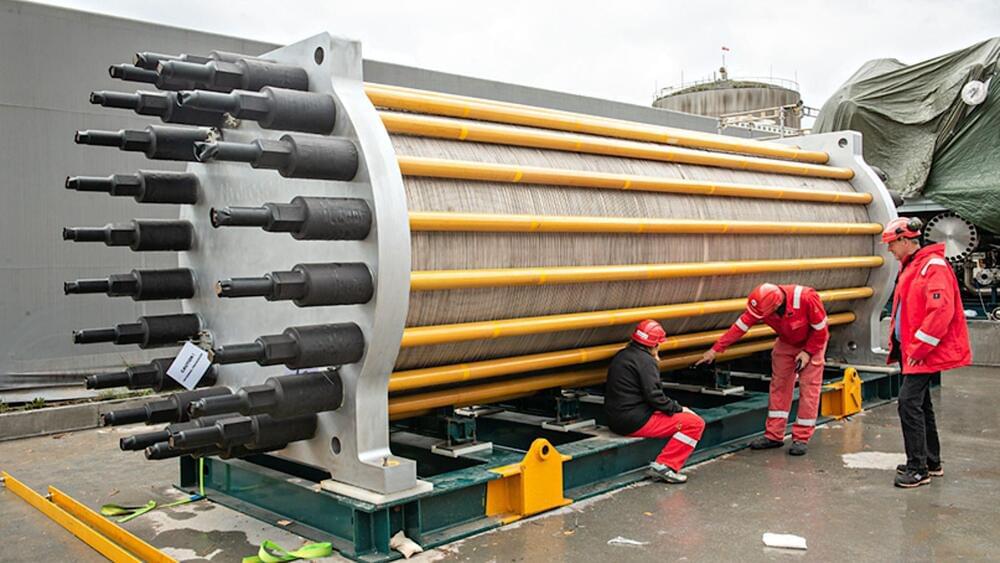The research could be used to produce repellents for the insects.
Anyone who has ever been bitten by a mosquito has wondered why are these insects attracted to me? Now, Johns Hopkins Medicine researchers may have an answer, according to a press release published last month.
“Understanding the molecular biology of mosquito odor-sensing is key to developing new ways to avoid bites and the burdensome diseases they cause,” said Christopher Potter, Ph.D.
Panom/iStock.
They claim they have mapped specialized receptors on the insects’ nerve cells that are able to fine-tune their ability to detect particularly “welcoming” odors in human skin.









